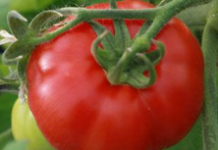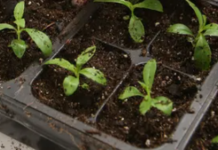Is your lawn struggling to grow and thrive? Have you fertilized it thinking that will take care of the problem but to no end? It might just need air! Roots make up 90 percent of the grass plant and require oxygen to thrive. Soil compaction restricts the oxygen supply and inhibits root growth. Aerating, or moving air into the soil, loosens compacted soil and provides the following benefits:
• breaks up or removes thatch;
• improves infiltration of water and nutrients;
• increases oxygen supply to the roots;
• promotes carbon dioxide release; and
• encourages new and deeper root growth.
Aeration alleviates lawn problems such as thatch and poor drainage, and issues resulting from heavy foot traffic, field play, and compaction by heavy equipment. An aerator does the job mechanically with minimal damage to the turf.
Oxygen is just as important as water is to plants. Clay soil can create low oxygen and compaction that plants can’t grow in. Another benefit of aeration is the reduction of water runoff and puddling.
By removing cores of soil with core aeration, aeration provides space for roots and soil to expand, reducing further compaction. Aeration is also a method of thatch control, because the microorganisms brought to the surface of the lawn help break down thatch. All of these factors help the turf establish a deeper root base, making the lawn more heat- and drought-stress tolerant.
Core aeration can be done anytime the grass is actively growing. It is best to aerate once or twice a year on a continual basis. It takes three consecutive years for the yard to receive the full effect. For cool-season grasses (bluegrass, fescue, ryegrass), the best times to aerate are March, April, and September. This should be done before fertilizing, seeding or applying crabgrass preventers. Warm-season grasses (bermudagrass, buffalograss, zoysiagrass) should be aerated from late May through July. It is important to allow at least four weeks of good growing weather. This will give plants a chance to fill the open holes.




